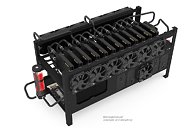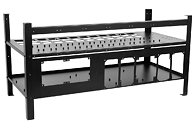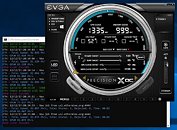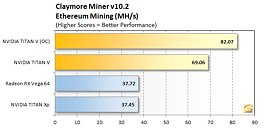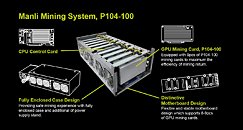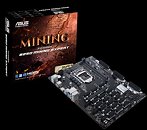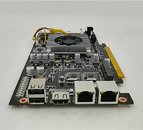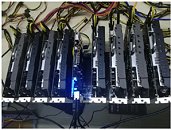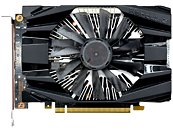Spire rolled out the SP-ATX-2000W-BTC/ETH, an ATX/PS2 power-supply for GPU-based crypto-currency mining rigs. With 2000W power on tap, the PSU bears a no-frills design to keep costs low. The design focus is not just on the number of PCIe power connectors, but also the length of the PCIe power cables, so you can have a multitude of graphics cards popping out through risers. The PSU comes with a total of eighteen PCIe power connectors, of which ten are 6-pin, and eight 6+2 pin. You also get a surprisingly high thirteen SATA power connectors, a 4+4 pin EPS, and a 24-pin ATX.
Under the hood, the Spire SP-ATX-2000W-BTC/ETH features a single +12V rail design with so-called "85 Plus Gold" efficiency; APFC, common electrical protection mechanisms against over/under-voltage, overload, short-circuit, and overheat. Two 80 mm fans (one on each end) are used to keep the unit cool. Taking into account its target audience, Spire is rating its life-expectancy at 100,000 hours, and is backing it with a 2-year warranty. It is priced at USD $219.99 a piece Stateside, or 199.95€ a piece in the EU. Currently, the company is only selling it on B2B platforms such as Alibaba, in 200-unit minimum orders.







